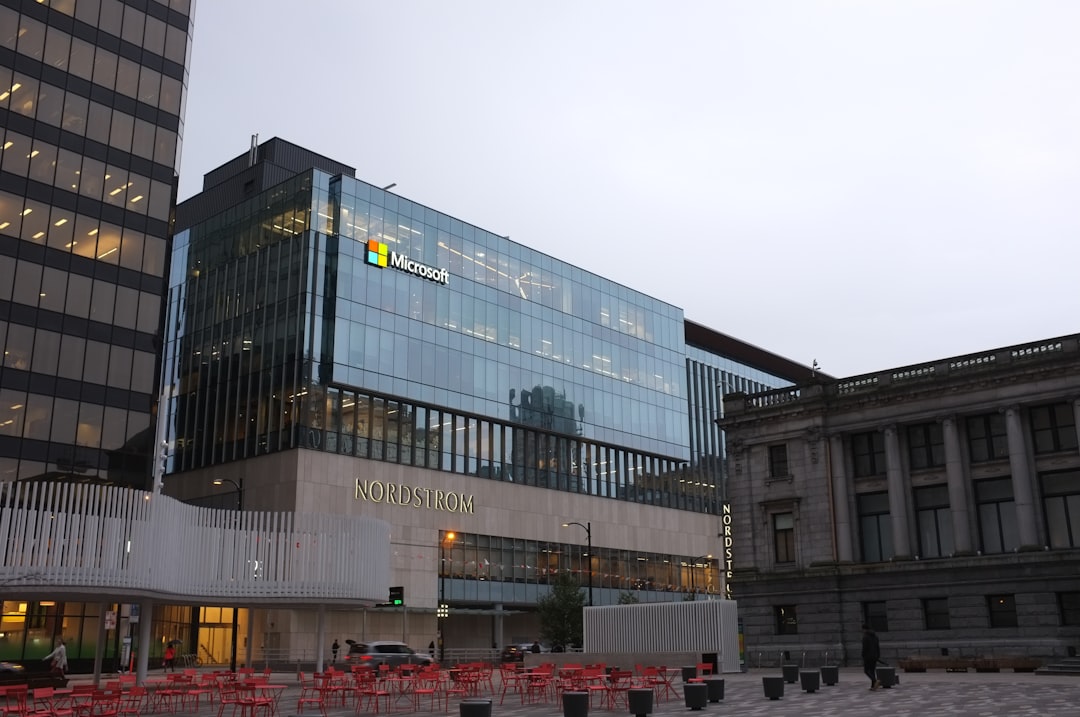
Recent headlines about Microsoft’s decision to pause some early-stage data center projects have sparked fears of a cooling AI market. But UBS analysts believe these concerns are misplaced. Instead of signaling a pullback in AI investment, Microsoft’s move reflects a more measured, data-driven approach to infrastructure expansion after an aggressive two-year leasing spree.
A Strategic Reset, Not a Retreat
In a note this week, UBS analysts explained that Microsoft (NASDAQ:MSFT) is not scaling back on AI—it’s optimizing its long-term data center strategy. Between FY22 and FY24, the company ramped up leased data center capacity by 196%, and it’s projected to increase by another 125% in FY25.
“Microsoft bought up as much available leased data center capacity as it could in 2022–2024 and now has the visibility to eliminate some of these ‘early-stage projects,’” UBS noted.
This includes a $1 billion project in Ohio, now paused as Microsoft reassesses timelines and capacity needs.
Misinterpreted Signals on AI Demand
The decision to slow construction comes at a time when the AI narrative is being closely scrutinized. Some analysts have been quick to flag the change as a potential peak in AI infrastructure demand. UBS strongly disagrees.
Microsoft still plans to deploy substantial capital, and UBS expects the firm to reaffirm its FY26 capex guidance, not revise it downward.
The economics of AI are also stabilizing. UBS estimates that a ~2.5-year revenue payback period on GPUs—despite depreciation and shortening asset life—remains “reasonable” and aligned with long-term growth potential.
Long-Term AI Growth Still Intact
Microsoft’s early AI investments were about capturing market share and capability. As the company enters a more mature phase of its infrastructure strategy, the focus has shifted to capital efficiency.
“It’s a tempering of capex growth, not a signal of weakening demand,” UBS emphasized.
With AI workloads becoming more visible and better forecasted, Microsoft is in a stronger position to optimize its physical infrastructure footprint—without compromising on its competitive edge in AI.
Related Market Intelligence
? Advanced DCF – Analyze Microsoft’s long-term valuation by modeling future AI-driven cash flows and capital expenditures.
? Key Metrics (TTM) – Track real-time profitability, capital efficiency, and asset turnover metrics to assess whether Microsoft’s capex adjustments align with stronger operational ratios.

